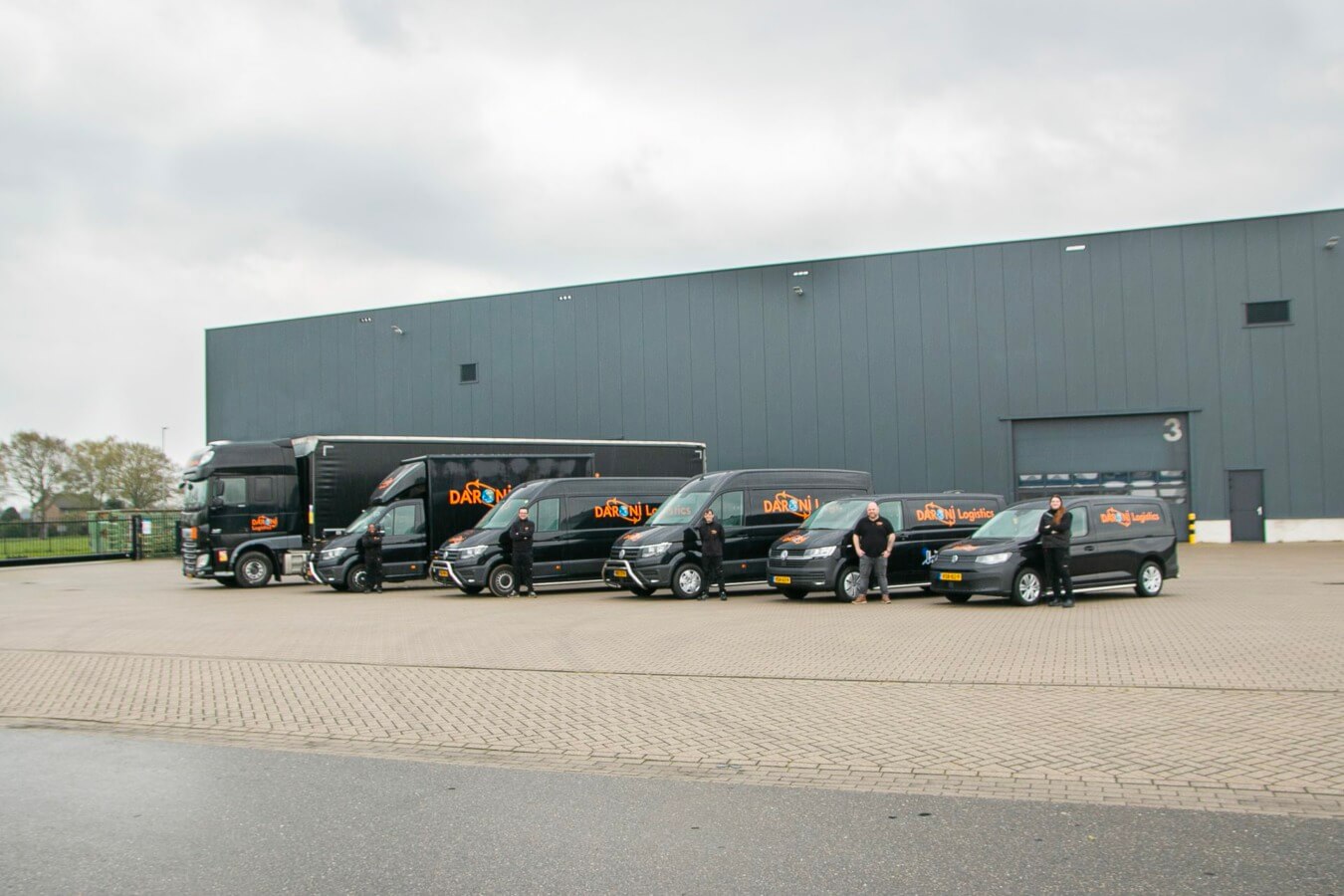
Success story
Knowledge
Transport management software makes your transport organization or courier company more valuable for your customers. At any rate, a good TMS makes your organization more valuable. We are carrying out our noble mission to make the transport world more efficient and that's why we're writing this blog on things you need to watch out for when you start using a new TMS system.
This is not so much about TMS suppliers and more about the IT requirements of the transport organization. Automating business processes is an art and you – the transport company – must be clear about exactly what you want automated and why.
An essential aspect of this is studying the needs of the workers whose daily business is to make sure that the transport process runs as it should. That study should focus on what they would like to see improved. If you can identify that, it is valuable input to the list of wishes and requirements for your potential supplier.
Use your common sense as an expert too. In the final analysis, it is about the transport process and you want logical solutions for logistical challenges. If a TMS supplier is unable to develop to suit, you should be wondering whether that supplier relationship has a future.
Features are an inseparable part of a good TMS. The features provided by a TMS must always be about optimizing the transport and working processes. They must also be aligned with the latest developments in the transport world.
The wishes and requirements you have drawn up can be translated into specific features and/or interfaces with your other, existing business software. That will get you a TMS that feels as if it was developed purely for your organization.
One of the pitfalls when buying business-critical software is to focus too much on functionality. Sure, that is very important, but there are other key aspects too. Let's sum them up for you:
Every TMS has standard components and some TMS systems are even entirely standardized. There's nothing wrong with that as long as you can be involved and provide input about how the software should develop. Every transport process has some of the same characteristics and you must be certain that the TMS package you choose can handle them.
The preceding point immediately raises the question of whether to go for a TMS that is partially tailored to suit the organization or a completely standardized off-the-shelf product. Implementing a standardized TMS is indeed relatively quick, but be aware that a standardized product will not fit seamlessly with your company and its transport process.
Let's be honest: we are not fans of completely standardized software that doesn’t allow any customer-specific modifications. If you invest in a good TMS, your process, organization and customers must be central.
Transport management software has to fit your organization like a glove, not the other way round. If it doesn't fit well enough, we have to make changes until you do get the perfect fit. You can only keep offering value to your customers if the TMS fit is perfect, which simply isn't going to happen with a completely standardized product.
You don't change your TMS every year – you select one for the long term. When we started NextUp in 2015, we quickly concluded that the TMS packages on offer were not very modern, either in terms of features and capabilities or particularly in terms of user-friendliness. That's a shame, because if your TMS is less intuitive to use, less modern and less innovative than it should be, it will be difficult to work with and you will spend more time training people to use it.
What we mean by that is that you should look for a supplier who can innovate in all the important areas: the software itself plus the user-friendliness and the design. In the end, an intuitive platform saves a lot of time.
A transport management system is essential for keeping your transport company on the road. An SLA will of course ensure a degree of continuity, but we also believe that it is the responsibility and duty of a TMS supplier to think things through with you proactively. Good TMS suppliers will advise you honestly not just about transport optimization but also about identifying opportunities for your business goals.
When the market exploration phase is completed, we produce a list of suppliers who could be an interesting option for your organization. It may sound weird to hear us saying this as a TMS supplier, but don't put all your eggs in one basket.
Your list of wishes and requirements from the first step forms the basis for the contact you will have with your potential TMS supplier. Send them the list and ask if they can give you a demonstration of their product, based on your wishes and requirements.
It is also important to ask the correct questions. How does the TMS work for a driver? How does the TMS work for the planner? Make sure that all the aspects are brought to the fore for all the various employees who will use the TMS. This lets you estimate whether it is suitable for your organization or not.
How much does the TMS cost, is it a one-off licence fee with subscription charges or do you pay per user? How is support arranged? What about further development of the software and how often are there updates? What is the throughput time for implementing the TMS? And last but not least, how is the security of the TMS arranged?
It is important for transport companies to cover themselves as well as possible when it comes to security, uptime and so forth. Make clear agreements with your supplier about this and put them in writing. Then you won't have to worry about any unpleasant surprises.
The majority of TMS suppliers are well aware of the latest market developments. You should still be vigilant when selecting a TMS, though. If there are items in the proposal that are not entirely clear to you, get the supplier to formulate them more clearly. Cover everything and make sure that you are clear about precisely what everything in the offer for a TMS means.
Once you've done that, you will genuinely be able to decide which TMS supplier you want to work with. That will be based partly on the offer content and partly on your gut feeling about the future supplier. The offer must match the list of wishes and requirements. If things are unclear, ask questions!
Transport management software is a make-or-break item for your transport organization or courier company. That's why it is important that you find a supplier and product that fits you and your organization. The key to this is future proofing, because you are not making a choice for the short term. It is a partnership that will help you innovate and grow as an organization. That's what you have to aim for and you must be vigilant about it.
We are blowing our own trumpet here, of course, but if you need assistance finding the right TMS, we'll do everything we can to help you. NextUp is aiming to make the transport world more efficient, and that applies to your transport or courier company too, of course If you’re curious about how we do this, we like to let our customers do the talking for us. For example, read how we are helping Omega Logistics achieve its growth targets.
